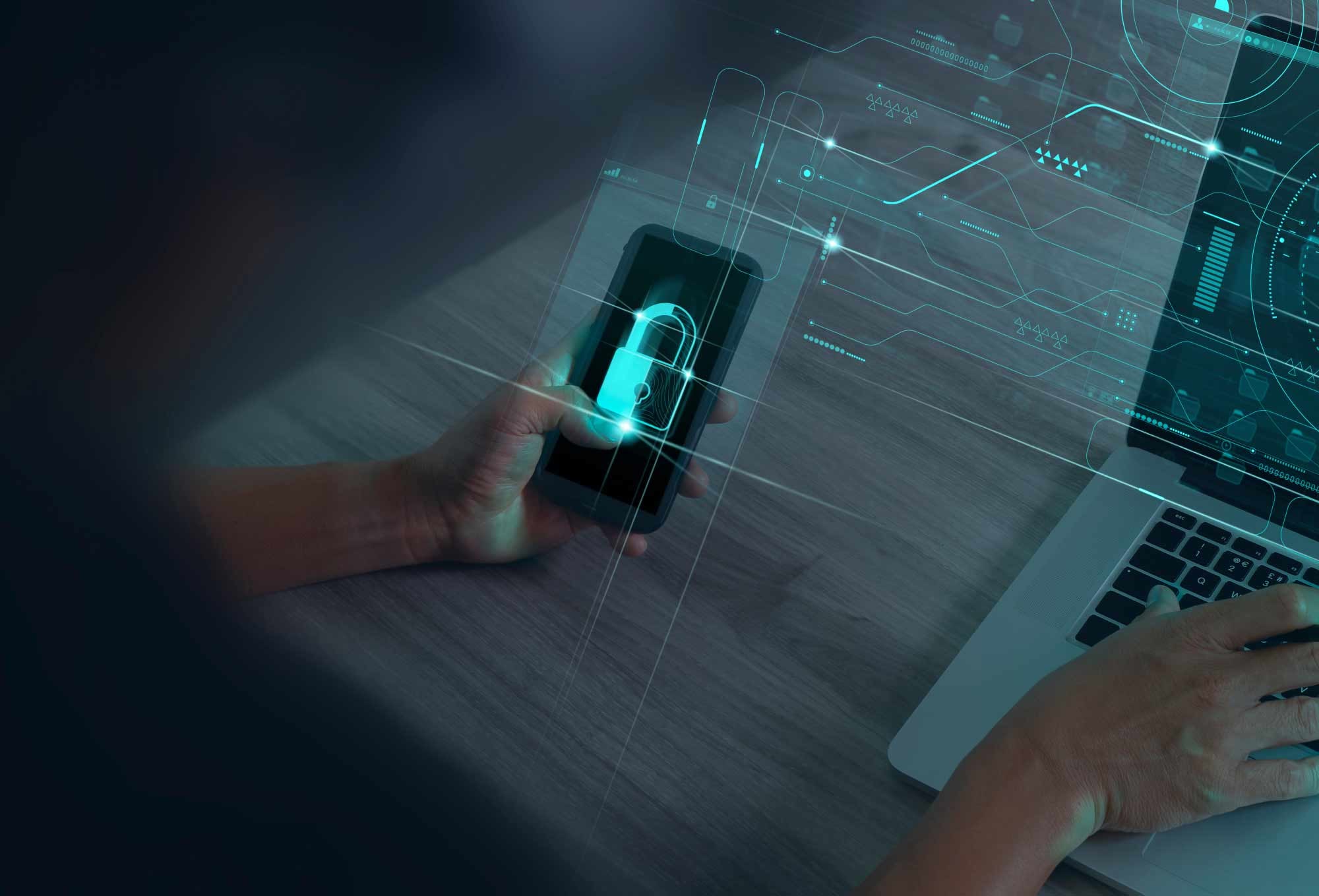How Students Can Learn Cybersecurity from Scratch

How students can learn cybersecurity from scratch is a question many young minds are asking today. As digital threats grow, the demand for skilled cybersecurity professionals is booming in India. The good news? You don’t need to be a tech genius or have a computer science degree to begin.
This article will guide you—step by step—on how to start learning cybersecurity with zero experience. Plus, we’ll show how the CyberShield Mastery Course is the perfect starting point for students who want a practical, industry-ready skill set.
Why Students Should Learn Cybersecurity Now
Cybersecurity is not just a tech field—it’s a life skill. Whether you’re in college, school, or preparing for a career, learning how to protect data, networks, and systems can:
- Keep your personal data safe
- Open doors to high-paying jobs
- Build your resume early
- Help you understand how the internet works
Already convinced it’s a good path? Read Is Cybersecurity a Good Career in India?
Step-by-Step Guide: Learn Cybersecurity from Scratch
1. Understand the Basics First
Start with the foundation. Know what cybersecurity really means, how data is stored, and what types of attacks exist.
Key topics to Google or read:
- What is Cybersecurity?
- Types of cyberattacks (phishing, malware, ransomware)
- Why systems get hacked
A good place to start is What Is Cybersecurity and Why It Matters
2. Learn About Cyber Threats and Real Cases
To stay motivated, read real stories. Learn how people get scammed or how hackers break into systems. This makes learning exciting.
Explore:
- Cybercrime Cases You Should Learn From
- Top Cyber Threats You Must Know
- How to Stay Safe from Online Scams
3. Practice Daily Cyber Habits
Building small habits every day will make you feel like a real cyber expert.
Start with:
- Using strong passwords
- Enabling 2FA
- Backing up data
- Not clicking unknown links
Make it a routine using this guide: Daily Cybersecurity Habits to Stay Safe
4. Choose a Learning Path: Ethical Hacking or Cyber Defense?
There are two main tracks:
- Offensive Security (Ethical Hacking): Learn how hackers think so you can stop them
- Defensive Security: Learn how to protect systems, monitor threats, and prevent attacks
Both are in demand. You can explore hacking with What Is Ethical Hacking? Explained Simply or start with defense strategies in the CyberShield course.
5. Learn with a Structured Course (Beginner Friendly)
Free YouTube videos can get you started, but they’re not structured. A proper course saves time, gives clarity, and offers certification.
The CyberShield Mastery Course includes:
- Beginner-friendly modules
- Real-world attack simulations
- Ethical hacking labs
- Hands-on exercises
- Career guidance and resume help
6. Use the Right Tools (No Coding Needed at First)
You can start practicing using free tools like:
- Kali Linux – For ethical hacking
- Wireshark – To monitor network traffic
- Burp Suite – To test web application security
- Password managers and VPNs – For real-world defense
Learn about essential tools here: Cybersecurity Tools You Should Learn
7. Participate in Cyber Competitions & Forums
Boost your experience by:
- Joining capture-the-flag (CTF) competitions
- Participating in bug bounty programs
- Being active on forums like Reddit’s r/cybersecurity or StackExchange
This builds your confidence and gives practical exposure early.
8. Know What Certifications to Aim For
As a student, you can aim for beginner-level certifications like:
- Google Cybersecurity Certificate
- CompTIA Security+
- CEH (Certified Ethical Hacker)
Get the full list in Top Certifications in Cybersecurity
How CyberShield Helps Students Succeed
The CyberShield Mastery Course is designed for Indian students who:
- Have no tech background
- Need career guidance
- Want practical projects and assignments
- Want to build a portfolio and LinkedIn credibility
- Are looking for job placement and internship help
You can go from beginner to job-ready within a few months.


 Subscription
Subscription Performance Subscription
Performance Subscription Premium Subscription
Premium Subscription Base Subscription
Base Subscription Furniture
Furniture Bed
Bed Kitchen
Kitchen Almirah and Wardrobe
Almirah and Wardrobe LCD Cabinet
LCD Cabinet Verified Partner
Verified Partner Earn Money
Earn Money

 AI & Data Science
AI & Data Science Business & Startup
Business & Startup Cybersecurity & Cloud
Cybersecurity & Cloud E-commerce & Sales
E-commerce & Sales Marketing & Growth
Marketing & Growth Web/App Development
Web/App Development